It is the seamless integration of digital techniques into crop and livestock management and other processes in the agriculture sector. For farmers, digital agriculture offers an opportunity to increase yields, save long-term costs and eliminate risk.
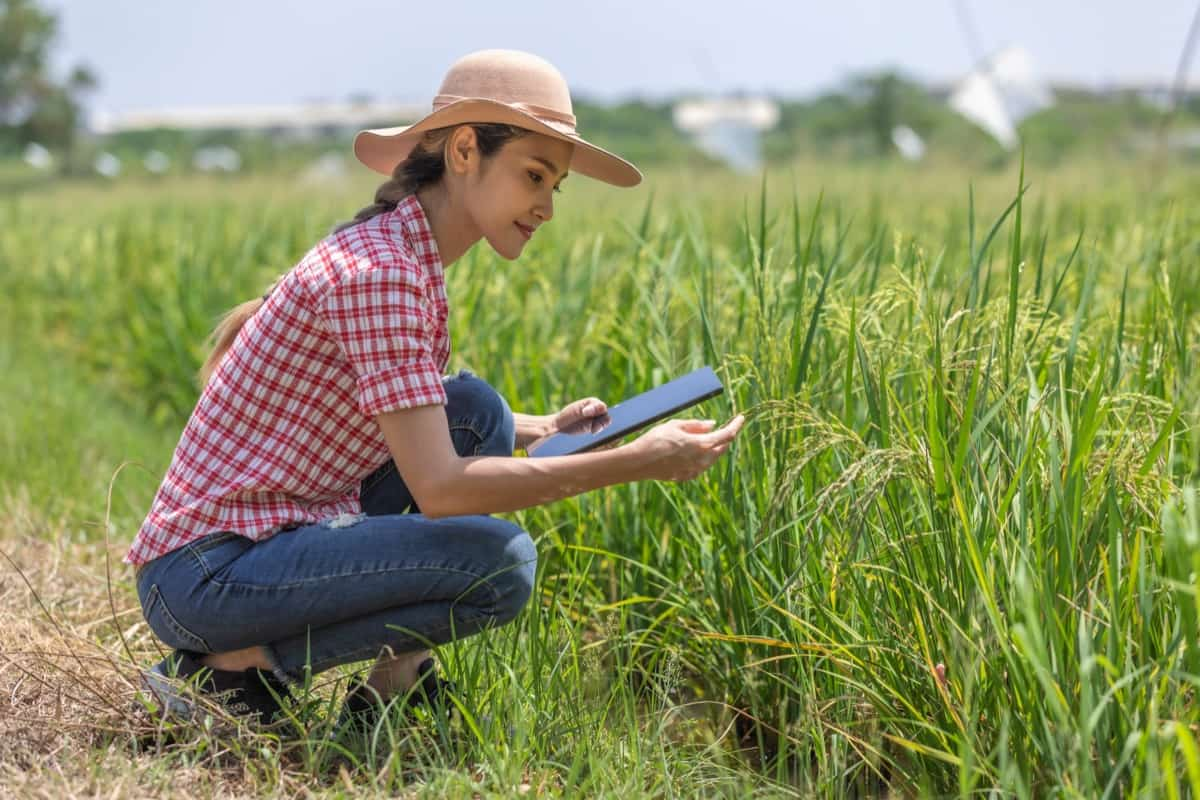
Digital agriculture in India
What are the objectives of digital agriculture?
- The objectives of digital agriculture are to improve food security, increase crop productivity, reduce greenhouse gas emissions, and improve the health of farmers and their families.
- Farmers rely on cutting-edge technologies to collect and analyze data from their farms to maximize their harvests. For example, digital agricultural technologies can monitor factors such as moisture, nutrient trends, and wind patterns of arable land.
- The digital agriculture system collects data accurately (such as weather information) using external sources. Then, the combined data is examined and interpreted to help the farmer make better decisions.
- Accurate weather predictions, yield mapping, variable-rate applications (of water, herbicides, and fertilizers), and GPS guiding systems are all components of digital agriculture.
- It aims to design new services, tools, methods, responsible application, and adoption of existing technologies to empower rural households and encourage youth entrepreneurship in food and agriculture.
What does digital agriculture include?
Digital agriculture is an important sector for the development of India as it provides an opportunity for farmers to adopt new technology and get better yields, reduces wastage, and helps in promoting organic farming. Digital agriculture is a rapidly growing field with great potential to improve food security and reduce environmental impacts. It encompasses many activities, from developing new technologies for planting and harvesting crops to managing livestock in ways that sustain natural ecosystems.
In case you missed it: How Digital Agriculture/Farming Helps Rural Farmers – A Guide for Smart Farming
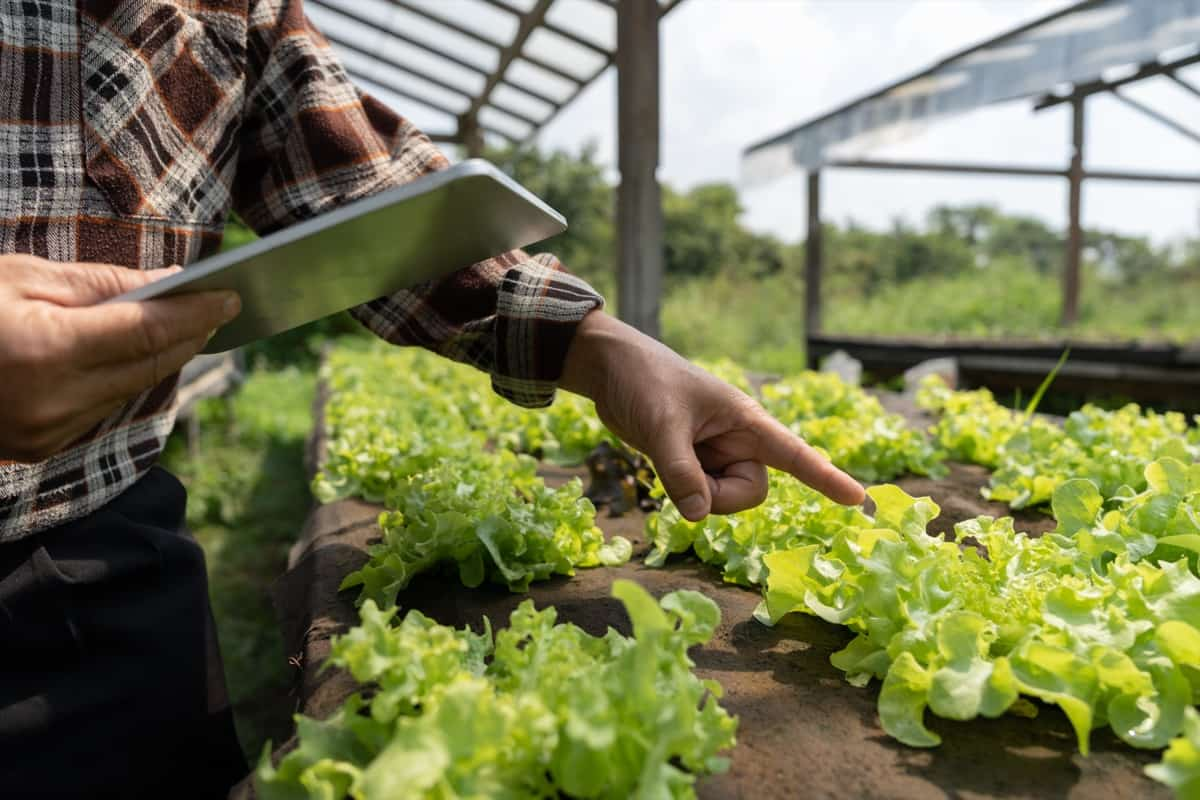
The portability and mobility of digital technologies are transforming agriculture and food production. In particular, in the agriculture and food sector, the spread of mobile technologies, remote sensing services, and distributed computing is already improving smallholders’ access to information, and markets, increasing production, supply streamlining the chain, and reducing operational costs.
Key reasons why digital agriculture in India is important
Increasing food security
A recent study found that global demand for agricultural products is expected to rise by 50% by 2030, largely due to soaring populations and rising incomes. However, this growth will not be evenly distributed worldwide, with some regions facing food shortages while others experience surpluses. To address these imbalances, there is a need to increase production in underdeveloped countries like India. One way to do this is through digital agriculture techniques, which can help farmers get better access to information and markets.
Supporting rural development
Digital Agriculture can play an important role in supporting rural development initiatives. For example, it can help farmers access new markets and technologies, improve irrigation systems, and boost crop yields. It can also help farmers develop new skills or find new employment opportunities.
Improving crop yields
Currently, Indian farmers produce only half the amount of food they could if they used modern techniques. One reason is that Indians use outdated methods, such as tilling the soil multiple times a year, instead of using one continuous approach that would help increase yields. Using digital tools such as drones and sensors to monitor crops in real-time, Indian farmers can learn how to improve their yields by tweaking various parameters such as water usage, fertilizer use, and pesticide use.
Technologies used in digital agriculture
Digital technologies like artificial intelligence (AI) and machine learning (ML), remote sensing, big data, blockchain, and IoT, are transforming agricultural operations. Digital agricultural tools can also help farmers to understand their crops better and manage them more efficiently. However, some challenges must be addressed to advance digital agriculture in India.
For example, the low literacy rate among farmers is a barrier to their uptake of information and technology. Additionally, regulatory issues must be resolved before the widespread adoption of digital agriculture technologies can occur. The Digital Agriculture Mission aims to encourage and speed up projects based on cutting-edge technologies, including AI, blockchain, remote sensing, robots, and drones.
In case you missed it: High-Tech Farming in India: Policy Framework for Revolutionizing Indian Agriculture
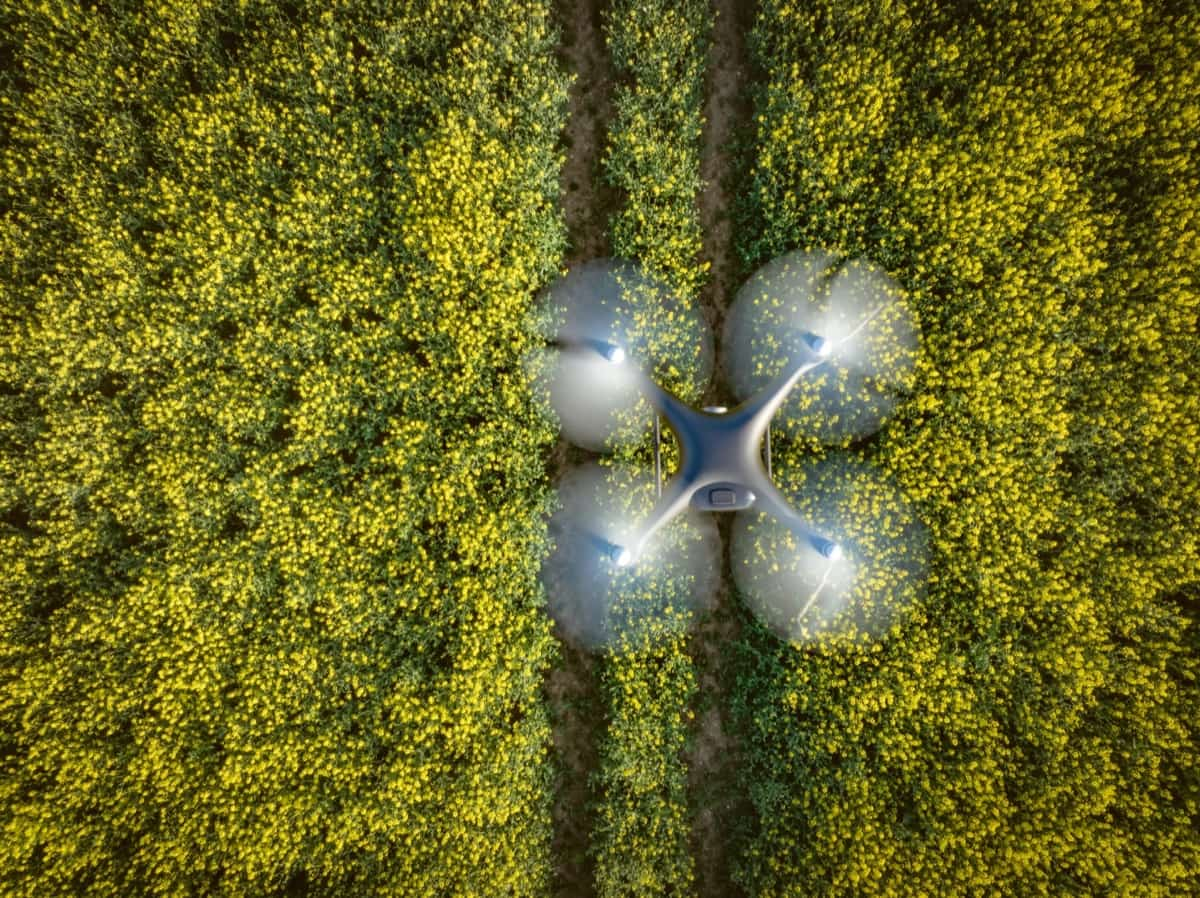
Technological interventions based on soil sensors, remote sensing, market insights, etc., allow farmers to collect, visualize and evaluate crop and soil health conditions at various stages of production and cost-effectively. They can serve as early indicators to identify potential challenges and provide options to address them in a timely manner. Some of the key technologies in digital agriculture are;
- Artificial Intelligence/Machine Learning (AI/ML) algorithms to improve crop yields, control pests, help in soil testing, provide actionable data for farmers and reduce their workload.
- Blockchain technology offers tamper-proof and accurate data on farms, inventories, instant and secure transactions, and food tracking. Thus, farmers do not need to rely on files to record and store important data.
- Distributed ledger technology (DLT), also known as the blockchain, is a new and innovative way of managing transactions. It is a distributed database that allows secure, transparent, and tamper-proof transactions. Blockchain is increasingly used in digital agriculture to improve transparency, trust, and efficiency.
- Machine learning (ML) is a subset of AI that uses algorithms to learn from data without being explicitly programmed. ML can be used to identify patterns in data, make predictions and recommend actions. For example, this can be used in digital agriculture to improve crop yields by detecting problems early and recommending solutions.
- Remote sensing is acquiring images or other data from remote locations using sensors such as satellites or buoys. Remote sensing can map environmental variables such as temperature, rainfall, or soil moisture levels. This information can then diagnose crops’ problems or monitor changes over time.
- Big data is an umbrella term for large amounts of difficult data to process and use effectively. Big data has revolutionized many industries, including digital agriculture, by allowing for more efficient analysis and prediction.
- IoT (internet of things) refers to the growing number of devices connected to the internet – from cars to home appliances – that can communicate with each other using sensors and software applications.
What are the components of digital agriculture?
Accurate weather predictions, yield mapping, variable-rate applications (of water, herbicides, and fertilizers), and GPS guiding systems are all components of digital agriculture. Accurate weather predictions can help farmers adjust their crops’ watering and fertilization schedules based on predicted rainfall and temperature patterns. Yield mapping can allow farmers to see exactly how much produce they’re yielding on each plot of land, which can help them optimize their farming practices.
In case you missed it: Cooperatives in Agriculture: Empowering Farmers and Strengthening Local Economies

Variable-rate applications (water, herbicides, and fertilizers) can be adjusted based on crop conditions instead of following fixed schedules. As a result, farmers can control weeds more effectively and use less fertilizer or water when needed without damaging the environment. Finally, GPS guidance systems can help farmers track the progress of their crops throughout the growing season so they know when to irrigate or apply pesticides to achieve desired results.
One way that digital agriculture could improve the food supply in India is by allowing farmers to use technology to monitor and optimize their crops. This would allow them to identify problems early on and fix them before they become more severe. Additionally, it could help them better understand the effects of weather conditions and other factors on their crops. Digital tools could also be used to create maps of farmland and track how different types of crops are performing over time.
Risks of digital agriculture technologies
The potential utilization of resources is a major risk of digital agriculture. While there is enthusiasm and excitement about integrating digital technology into agriculture, it is important to proceed cautiously, particularly in light of unintended consequences related to the potential eradication of ecological systems. Agricultural data is crucial to the optimum functioning of farms, and if farmers own their data exclusively, they can assess the advantages and disadvantages of their operations.
Benefits of digital agriculture in India
- It increases agricultural productivity and lowers production costs.
- It lessens chemical application in crop production and uplifts the socio-economic status of farmers.
- It promotes the effective and efficient use of water resources.
- It reduces environmental and ecological impacts.
- Digital agriculture can help farmers increase production efficiency and yield.
- It can improve soil quality and fertility and promote better water management.
- It can help farmers address food security issues and reduce dependence on inputs such as fertilizers and pesticides.
- Digital technologies can help smallholders gain access to new markets for their products.
- They can also enable tracking of crops from seed to sale, providing valuable information about crop yields and marketing potential.
- Digital tools can provide agriculturalists with up-to-date information about weather patterns, prices of inputs, etc., which can help them make better decisions about farming practices.
In case you missed it: Integrated Organic Farming: A Holistic Approach to Agriculture
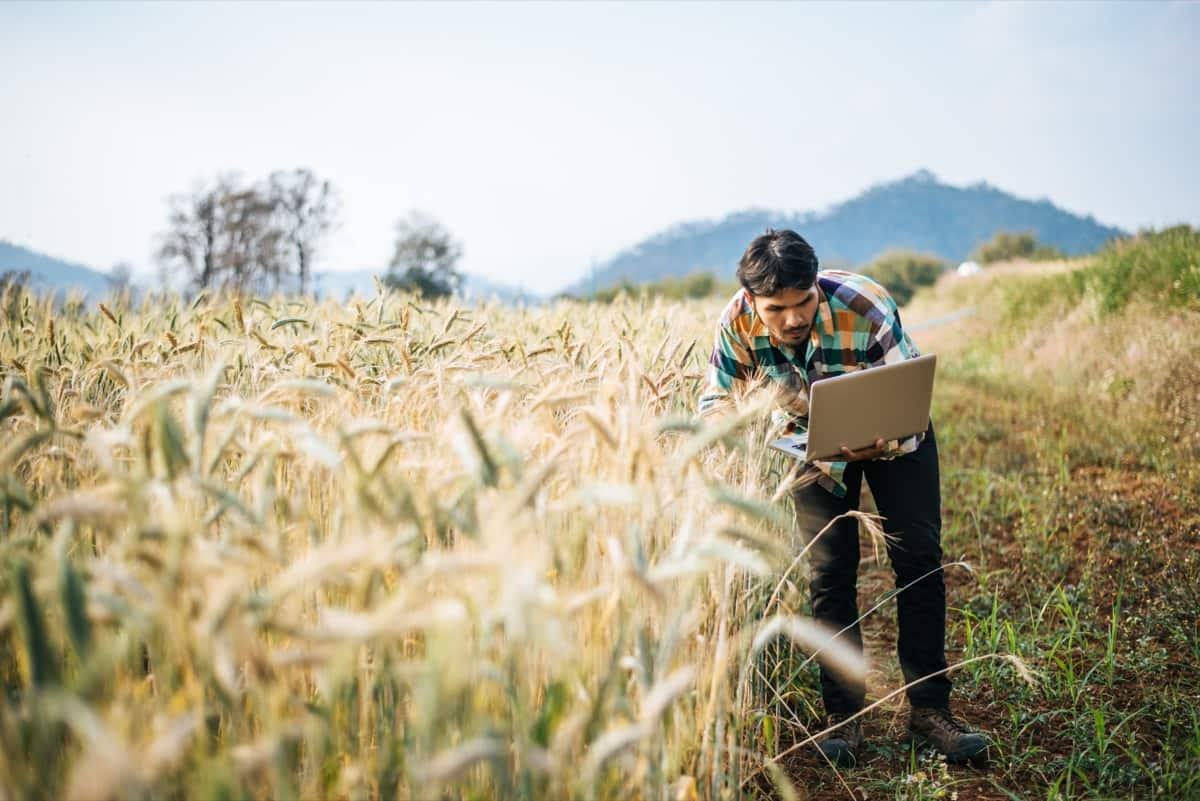
The future of digital agriculture in India
Digital agriculture is an emerging area of agricultural technology that uses digital tools and systems to improve farm productivity. It includes sensors, GPS tracking, and mobile apps to help farmers manage their crops and livestock more efficiently.
Applications of digital agriculture in India
- Development of precision farming techniques for crops
- Creation of interactive maps of crop yields and conditions
- Improved crop modeling and simulation tools
- Use of big data for weather-informed planting
- Development of intelligent irrigation systems
- Implementation of green infrastructure such as rain gardens and trees
- Improvement in crop breeding programs
- Management of invasive species
- Monitoring and evaluation of digital agriculture interventions
Challenges of digital agriculture
Some important challenges include the lack of awareness about the benefits of digital agriculture among farmers and rural residents, inadequate infrastructure and resources, unreliable internet connections, and a lack of skilled professionals. The main is the lack of standardization across agricultural platforms.
As a result, data is often not interoperable or centralized, hampering efforts to develop advanced fault-tolerant crop management systems or to share best practices between farmers—the lack of understanding about how DA can benefit farmers and rural communities. There is a need for more research on how DA can be used to improve yields and incomes and better map DA impacts on social indicators such as education and health outcomes.
In case you missed it: A Guide to Understand Importance of Drones in Agriculture/Farming: Advantages, Applications, and Different Types
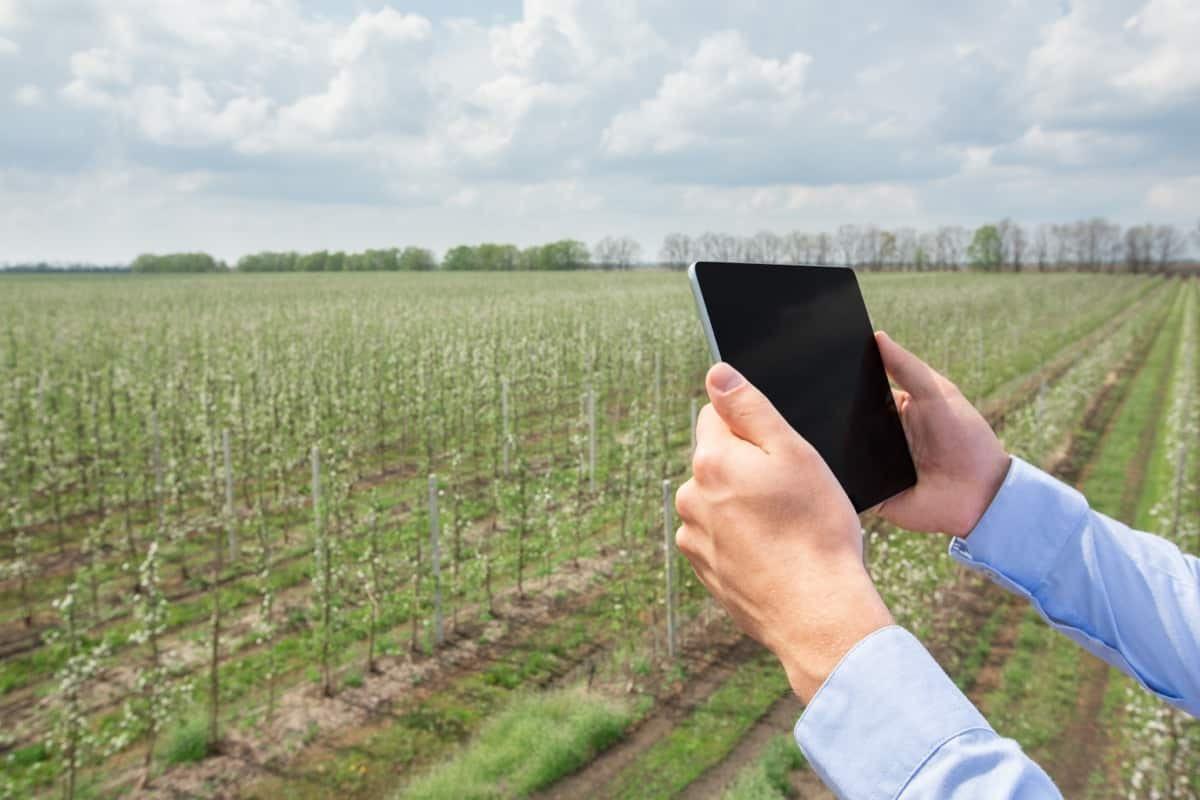
Opportunities in digital agriculture
- Many digital agriculture companies are optimistic about the potential for growth in the Indian market. They believe that significant opportunities exist for them to solve some of India’s most pressing agricultural issues, such as water scarcity, soil degradation, and food insecurity.
- There is potential for DA to help address nutrition concerns in rural areas by providing information on local food options and cooking tips; expanding irrigation coverage; reducing water waste; increasing crop resilience to climate change; promoting biodiversity; and creating jobs in the digital economy. With a concerted effort from all stakeholders – government, private enterprise, civil society organizations, researchers, and farmers – India can build a robust and sustainable digital agriculture sector that benefits its people both now and into the future. The government has recognized digital agriculture’s potential and launched several initiatives to support its growth.
- One initiative is the Digital Agriculture intensification program (DAIP), which aims to increase the uptake of digital technologies in Indian agriculture by providing funding and technical assistance to organizations involved in the sector. The DAIP also promotes research into new technologies and cultivars that can be used in digital agriculture.
- Another initiative is the National Rural Employment Guarantee Programme (NREGP). NREGP provides farmers with employment opportunities through projects that aim to improve agricultural productivity. In addition, farmers can gain experience with modern agricultural technologies through these projects and learn about market needs.
- The government is also working on a national food security program called Pradhan Mantri Krishi Sinchai Yojana (PMKSY). PMKSY will provide subsidies for purchasing high-value crops like fruits and vegetables from local producers. This will help promote local food production and reduce dependence on imports.
- The Ministry of Agriculture and Farmers Welfare developed major digital applications to promote technology adoption among farmers.
National Agriculture Market (ENAM)
It was launched in April 2016; the National Agriculture Market is a pan-India electronic trading portal that connects the existing Agricultural Produce Market Committee (APMC) markets to make a unified national market for agricultural commodities. eNAM mainly helps farmers sell products without the intervention of brokers or mediators by generating competitive returns on their investments.
Direct Benefit Transfer (DBT) Central Agricultural Portal
It was launched in January 2013 and is a central portal for national agricultural schemes. It helps farmers adopt modern farm machinery through government subsidies.
In case you missed it: Artificial Intelligence in Agriculture – Role, Benefits, and Examples
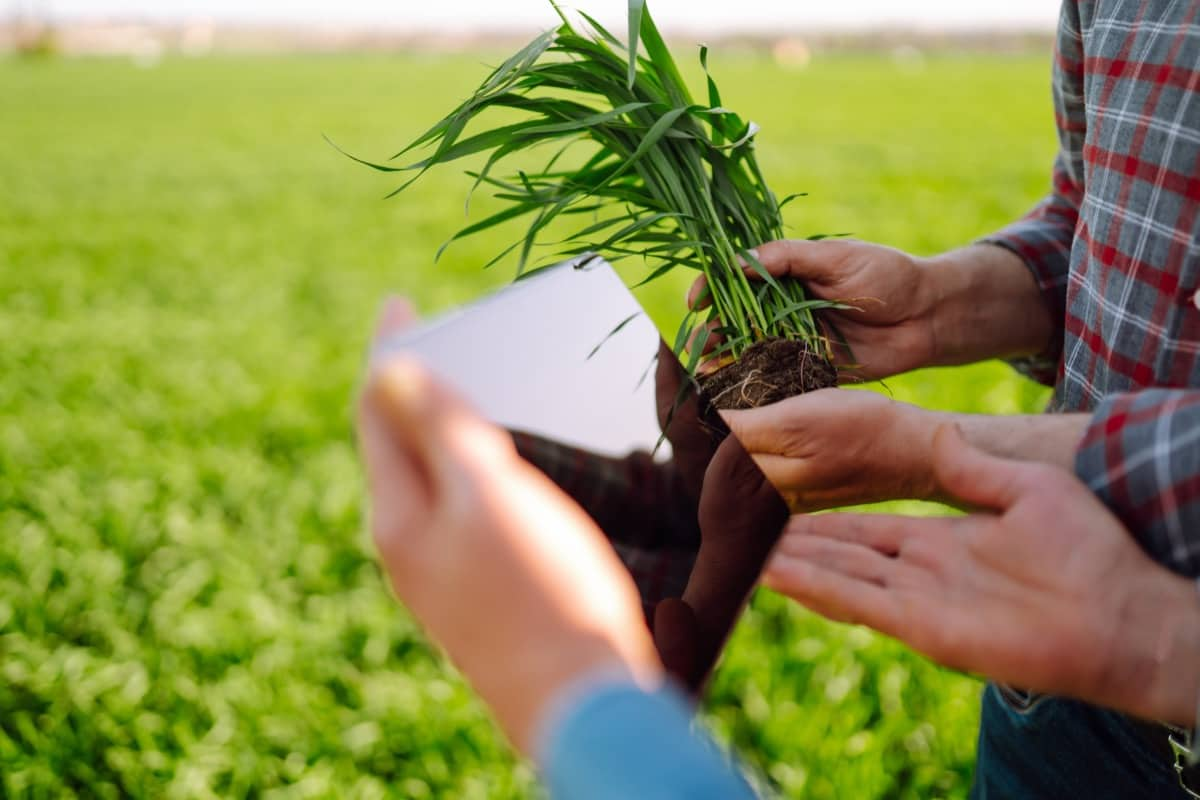
Conclusion
Digital agriculture in India is a rapidly growing field with immense potential to boost food security and rural development and create new jobs. It is the application of new technologies in agriculture to improve production, increase efficiency, and reduce costs.
- Types of Pesticides Used in Agriculture: A Beginner’s Guide
- Economical Aquaculture: A Guide to Low-Budget Fish Farming
- 15 Common Planting Errors That Can Doom Your Fruit Trees
- How to Make Houseplants Bushy: Effective Tips and Ideas
- Innovative Strategies for Boosting Coconut Pollination and Yield
- Pollination Strategies for Maximum Pumpkin Yield
- The Complete Guide to Chicken Fattening: Strategies for Maximum Growth
- Natural Solutions for Tulip Problems: 100% Effective Remedies for Leaf and Bulb-Related Issues
- Revolutionizing Citrus Preservation: Towards a Healthier, Greener Future
- Natural Solutions for Peony Leaf and Flower Problems: 100% Effective Remedies
- Maximizing Profits with Avocado Contract Farming in India: A Comprehensive Guide
- Natural Solutions for Hydrangea Problems: 100% Effective Remedies for Leaf and Flowers
- The Ultimate Guide to Choosing the Perfect Foliage Friend: Bringing Life Indoors
- From Sunlight to Sustainability: 15 Ways to Use Solar Technology in Agriculture
- The Ultimate Guide to Dong Tao Chicken: Exploring from History to Raising
- The Eco-Friendly Makeover: How to Convert Your Unused Swimming Pool into a Fish Pond
- Mastering the Art of Delaware Chicken Farming: Essentials for Healthy Backyard Flocks
- 20 Best Homemade Fertilizers for Money Plant: DIY Recipes and Application Methods
- How to Craft a Comprehensive Free-Range Chicken Farming Business Plan
- Brighten Your Flock: Raising Easter Egger Chickens for Beauty and Bounty
- How to Optimize Your Poultry Egg Farm Business Plan with These Strategies
- Subsidy for Spirulina Cultivation: How Indian Government Schemes Encouraging Spirulina Farmers
- Ultimate Guide to Raising Dominique Chickens: Breeding, Feeding, Egg-Production, and Care
- Mastering the Art of Raising Jersey Giant Chickens: Care, Feeding, and More
- Ultimate Guide to Raising Legbar Chickens: Breeding, Farming Practices, Diet, Egg-Production
- How to Raise Welsummer Chickens: A Comprehensive Guide for Beginners
- How to Protect Indoor Plants in Winter: A Comprehensive Guide
- Ultimate Guide to Grow Bag Gardening: Tips, Tricks, and Planting Ideas for Urban Gardeners
- Guide to Lotus Cultivation: How to Propagate, Plant, Grow, Care, Cost, and Profit
- Agriculture Drone Subsidy Scheme: Government Kisan Subsidy, License, and How to Apply Online
- Ultimate Guide to Raising Araucana Chickens: Breed Profile, Farming Economics, Diet, and Care
- Bringing Hydroponics to Classroom: Importance, Benefits of Learning for School Students
- Ultimate Guide to Raising Polish Chickens: Breed Profile, Farming Economics, Diet, and Care
- Ultimate Guide to Raising Australorp Chickens: Profile, Farming Economics, Egg Production, Diet, and Care
- Silkie Chicken Farming: Raising Practices, Varieties, Egg Production, Diet, and Care
- Sussex Chicken Farming: Raising Practices, Varieties, Egg Production, Diet and Care